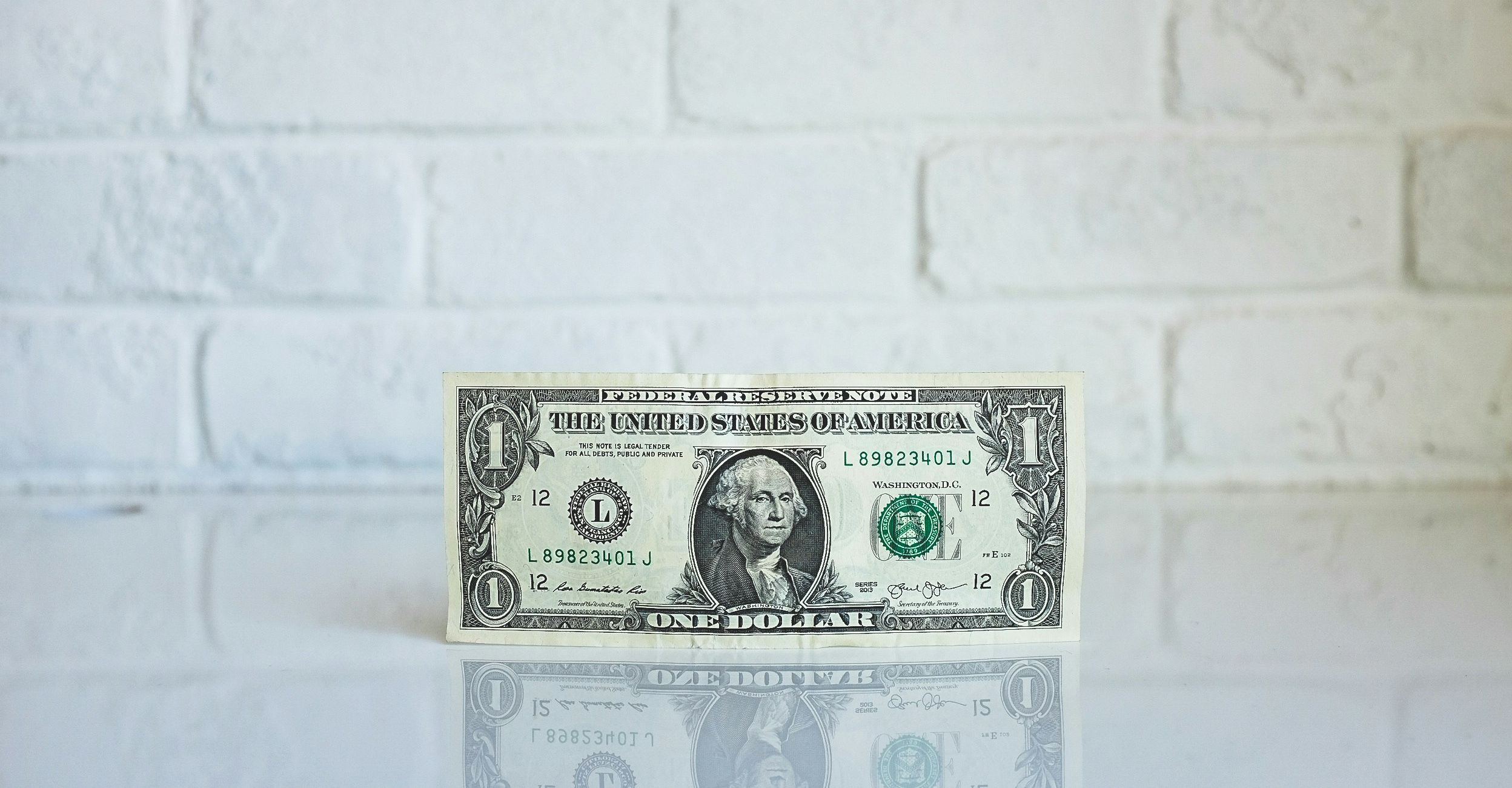iShares Core Dividend ETF (DIVB) ETF Review
Last Updated:

I've reviewed both of the main iShares dividend ETFs before—the iShares Core Dividend Growth ETF (DGRO) and the iShares Core High Dividend ETF (HDV).
But it turns out iShares actually has a third option: the iShares Core Dividend ETF (DIVB). Not many people know about it.
It's not exactly small, with $679 million in assets under management (AUM), but compared to DGRO and HDV, it's a drop in the bucket. Here’s what you need to know about DIVB and how it stacks up in 2025.
DIVB: What I Like
First off, low fees. It’s not surprising given that DIVB is part of iShares' “core” lineup, but it actually undercuts both HDV and DGRO, which each charge 0.08%—that’s $8 for every $10,000 invested.
DIVB, on the other hand, ranks among the cheapest U.S.-listed dividend ETFs, charging just 0.05% ($5 per $10,000 investment). That’s a solid edge, especially if you’re in it for the long haul.
The benchmark isn’t bad either. DIVB tracks the Morningstar US Dividend and Buyback Index, which selects stocks from the broader Morningstar US Market Index.
Unlike the usual one-dimensional dividend yield or growth screens, this index takes a more nuanced approach. It weights 75% to dividend yield and 25% to net buyback yield—which is the ratio of the company’s net share repurchases over the past 12 months to its market capitalization.
I think this methodology addresses one of the key weaknesses of many dividend ETFs: They often only capture one side of shareholder yield. Shareholder yield measures the total return of capital to shareholders, including dividends, buybacks, and debt reduction.
Like it or not, buybacks—when executed at good valuations—are a tax-efficient way to return capital to investors and can also boost earnings per share (EPS) by reducing the share count.
The index is rebalanced quarterly and reconstituted annually, and unlike some dividend ETFs, DIVB weights its holdings by dividends rather than by market capitalization (or worse, equally). This helps avoid the pitfalls of overexposure to mega-cap stocks or undue risk from smaller, volatile names.
The portfolio itself is fairly diversified, with 416 holdings. It’s weighted towards technology, but not excessively so, with financials, industrials, and healthcare also making up significant portions. This gives DIVB a more or less “sector-neutral” approach, which I like. Dividend ETFs that tilt too heavily toward certain sectors introduce unnecessary concentration and risk.

The 2.87% 30-day SEC yield isn’t going to turn heads, but it’s also nothing to sneeze at. It’s still above average, particularly in a world where quality dividends aren’t as easy to come by.
Finally, from November 9, 2017, to March 7, 2025, DIVB has actually outperformed both HDV and DGRO on a total return and risk-adjusted basis.

DIVB: What I Dislike
This is a really solid dividend ETF, but I’m going to nitpick a bit. First, the inclusion of REITs. I’m not a huge fan of this, mainly because of the tax treatment.
Unlike most dividend-paying stocks, REIT dividends are not qualified dividends, meaning they are taxed as ordinary income. Depending on your marginal tax rate, this can be a lot less efficient, especially if you’re holding the ETF in a taxable account.
Second, DIVB pays quarterly distributions. In an era where some ETFs are paying weekly, I think iShares should consider switching to monthly distributions to attract more income-focused investors.
Monthly payments offer a more consistent income stream and could help set DIVB apart in a crowded market of quarterly payers.
DIVB: My Verdict
DIVB gets a 9.5/10 from me. I love the low fees, the solid index methodology that emphasizes both dividends and buybacks, the historical outperformance versus pure dividend growth and yield styles, and the balanced sector composition.
I’m docking 0.5 points because, to be perfect, I’d like to see the small 3% in REITs removed entirely and for iShares to switch to a monthly distribution schedule. Other than that, DIVB is about as close to perfect as a dividend ETF gets.

